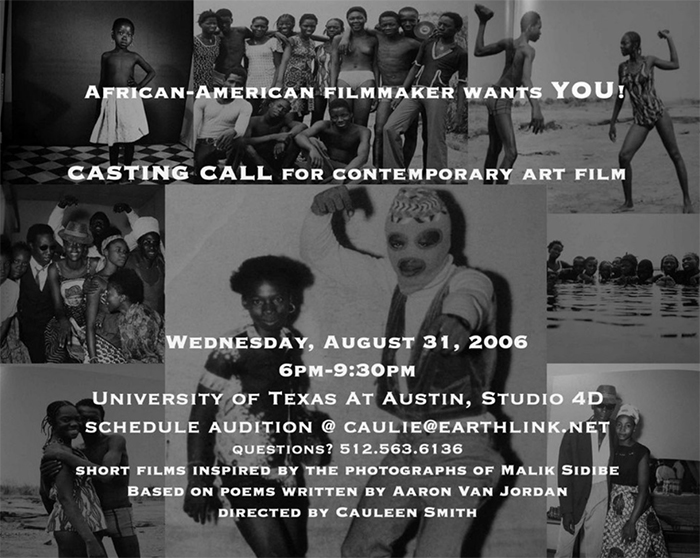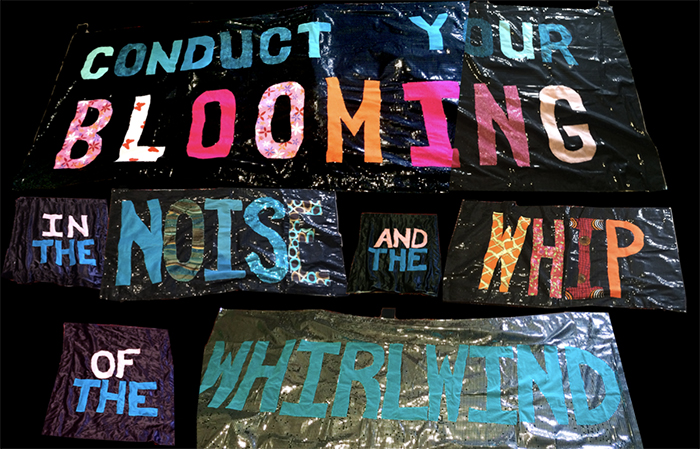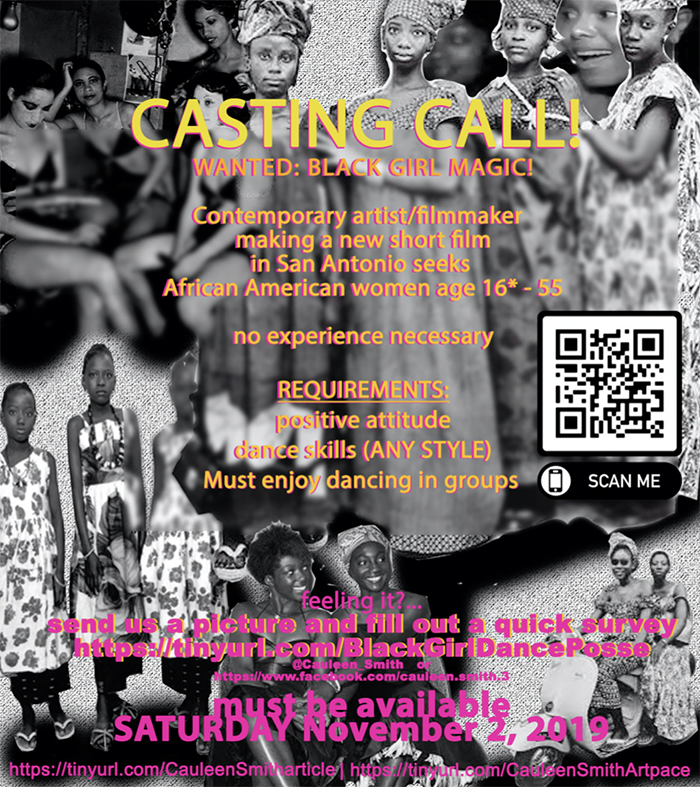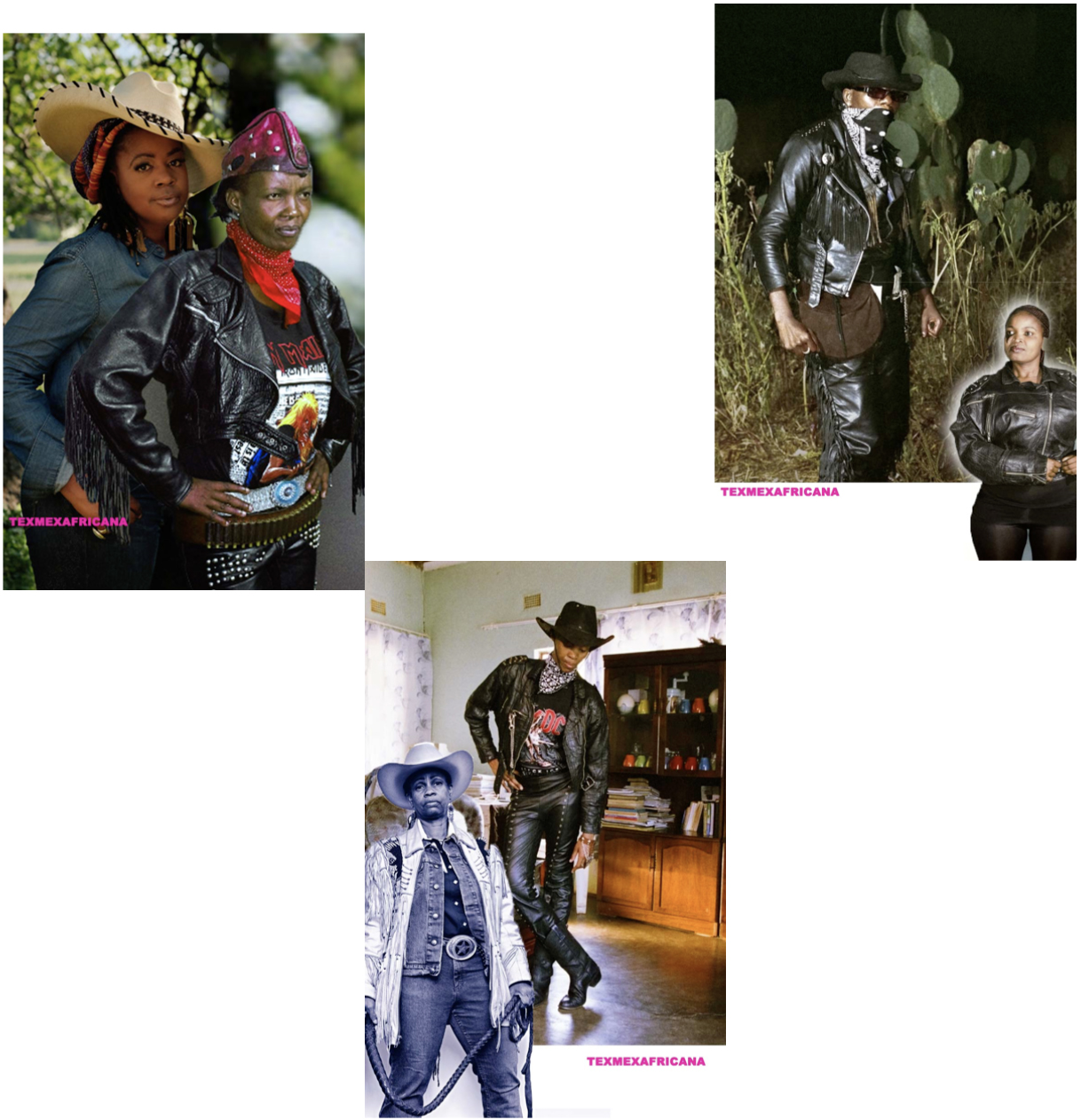CAULEEN SMITH
NOVEMBER 22, 2020
I am writing this on November 22, 2020… 11-22-2020… I like the way these numbers sit. The date may not be important, but as and the memory of ‘Rona’s grueling presence fades and people claw their way “back to normal,” perhaps markers, wayfinders, and signals are necessary.
On social media, I spy people making films.
I see socially-distanced interviews techniques.
I swipe through glorious landscape shots for on-location exteriors.
I miss making films.
But I’m not trying to flirt with ‘Rona, or die for ‘Rona. I’m having none of it. So I’m reflecting on some mis-adventures in filmmaking that are still teaching me things many years later.
My favorite film shoots are experiments. Filmmaking, like war, relies on strategy and preparation. Improvisation and experimentation are not promising wins. This kind of experimentation is not for the faint of heart. A lot of the films I make are never finished because the film shoot – as a testing ground, as an experiment, as a question, failed. I’m ok with this. At this point in my life I prefer the failures produced through risk to the violence of well-oiled hierarchical film shoots.
These casting-call flyers here are markers from some experiments. Moments when I literally just wanted to see what would happen if I created some interesting conditions inside of which images could get made and actions might take place. Something about covid quarantining makes me bin-dive into my own best and worst past practices. Something cohered for me when I stumbled upon these casting flyers.
Austin, Texas, 2006
“African-American Filmmaker Wants YOU! Casting Call For Contemporary Art Film.” I posted these flyers all over the University of Texas of Austin, and at the corner stores and grocery stores in my East Austin neighborhood (predominantly black and brown neighborhoods back then). I shared with all of the black people I knew in Austin, which might have totaled a dozen folk tops. And I was very concerned that I would not be able to cast my film.
You see. Austin is a white city. That doesn’t mean that there aren’t a lot of different people who live there from all manner of international geographies and ethnicities – I just mean that white people are the only people in that city who matter. There was a joke that was told to me from a black woman who had lived in Austin for three years before fleeing as a way warning of my future life in that town: “If you want to see another black people in Austin when you are out socializing, get up, go to the bathroom, and look in the mirror. That’s likely going to be about it.” Yeah… it’s not a funny joke and it was an even less funny reality to live. So when my co-conspirator, the poet A. Van Jordan and I decided to re-enact and narrativize a selection of Malik Sidibé photographs, I really did not know how I was going to pull it off. And so…an African-American filmmaker wants you….
Lots of wonderful random black people all isolated a dispersed throughout Austin, responded to this call. I make a bunch of really cool Cuban Katrina evacuees. I asked one woman why she was there, since as a (lapsed?) Jehovah Witness, she did not watch movies, look at art, nor listen to music and she said, “I just wanted to see who else would come.” Me too! She was a sweetheart and stayed at the shot until the very end (about 4:30am Sunday morning).
This was an excellent experiment. We had a lot of fun. And I am still fond of the films we made together.

Chicago, Illinois, 2015
I’d spent the thawing Spring hand sewing banners with applique letters spelling out a quote from my favorite Gwendolyn Brooks poem, Sermon on the Warpland II. The fabrics were leftovers from a previous project that required “Sun Ra” Capes for a bunch of kids in a local bike shop. (I also made a film with them – another very rewarding experiment). I’d decide that I would make a procession film in which A group of friends carried these banners through Kenwood and Hyde Park neighborhoods of Southeast Chicago as a tribute to Gwendolyn Brook’s presence and poems and their enduring influence on the community. But as I sewed, I began to doubt this vision. By the time I’d finished sewing the banners, I no longer wanted to make the film. I folded them up and put them away.
Months later a controversy erupted in the neighborhood. I wanted to protest and I learned that several other artists wanted to protest as well, so we collectively arrived at the idea of a “Black Love Procession.” We were going to celebrate joy, life, creativity, and tell our community that we as artists loved them. Each of us made an object or devised some sort of gesture to be a part of the procession. Everyone was busy getting their thing together. I made this flyer below to advertise, but totally failed to consider that I would need about a dozen people to help me carry them! As is so often the case with black independent filmmaking, the community came to the rescue. Friends who showed up to do the procession with us kindly volunteered to carry these banners while Stephen Flemister pelted people with Love poems, Tempestt Hazel handed out flowers, and Danny Giles pushed a giant 2001 black obelisk down the street – – and so many more artists turned their art-making into gift making that day.
This was a very successful experiment. We had a lot of fun.

San Antonio, Texas, 2019
Maybe it was being back in Texas. I don’t know. My friend Manuel Solis convinced me that I could make a film during my 9 week residency at ArtPace. San Antonio is a Brown city. There are a lot of other people there, but Texan-Mexican Heritage, Colonial Mexican Heritage is what gets amplified and celebrated. So once again, I’m at a bit of a loss as to how to find 2 dozen black women for a short film about speculative alternative female-identified socialites. Whenever I work or teach, I am practicing black culture, not just teaching it, producing it, or asking people to perform it. My students, crew, the cast, everyone joins this praxis. I was keen on seeing if Latinx women, with their own adjacent socialites, would be willing to fuse their social praxis with the one I was asking them perform/practice. Basically, I needed as many women as possible to Electric slide while local legend, Andrea “Vocad” Sanderson sang her version of “I Will light You Up” in an equally legendary San Antonio lesbian-owned punk rock bar. I hardly cared who they were as long as they were down to show up in garb inspired by the lookbook pics you see here.

A lot of female identified and non-binary people showed up and did the electric slide for 40 minutes straight. My luck with the crew was choppier. I had to hire my people via second hand recommendations and they had to be willing to work for less than their rate. My improvisational style was less of a problem than it usually is, maybe because I’ve gotten better at explaining it. We made it work.
This was a very successful experiment. We had a lot of fun.

I miss social experimental filmmaking. I miss improvisational filmmaking. I miss doing the electric slide. And my dreams of traveling to Botswana to rock out with the ladies pictured above (in the heavy leather, not the pastoral African-American Horse trainers) are significantly muted by ‘Rona’s quest to find some lungs in which to live.
In the meantime, I am just thinking, remembering and dreaming of the next thing.
—
Cauleen Smith was born in Riverside, California, in 1967. An interdisciplinary artist, Smith’s work reflects on the everyday possibilities of the imagination. Her films, objects, and installations have been featured in group exhibitions at the Studio Museum in Harlem, New York City (2014); Contemporary Arts Museum Houston; Yerba Buena Center for the Arts, San Francisco (2013); and Museum of Contemporary Art, Chicago (2015). Solo presentations of her films and installations have taken place at MASS MoCA, Massachusetts (2019); the Museum of Contemporary Art, Chicago (2012); and the Kitchen, New York (2011). Smith lives in Los Angeles and teaches at CalArts.
